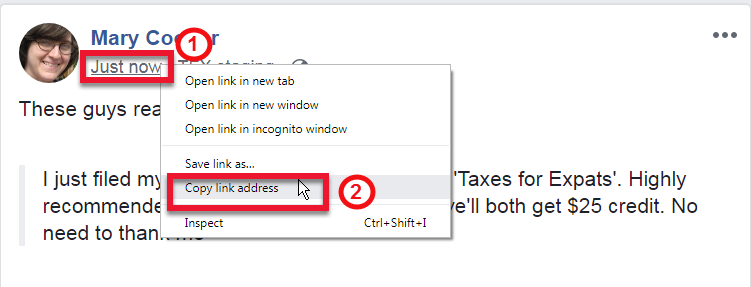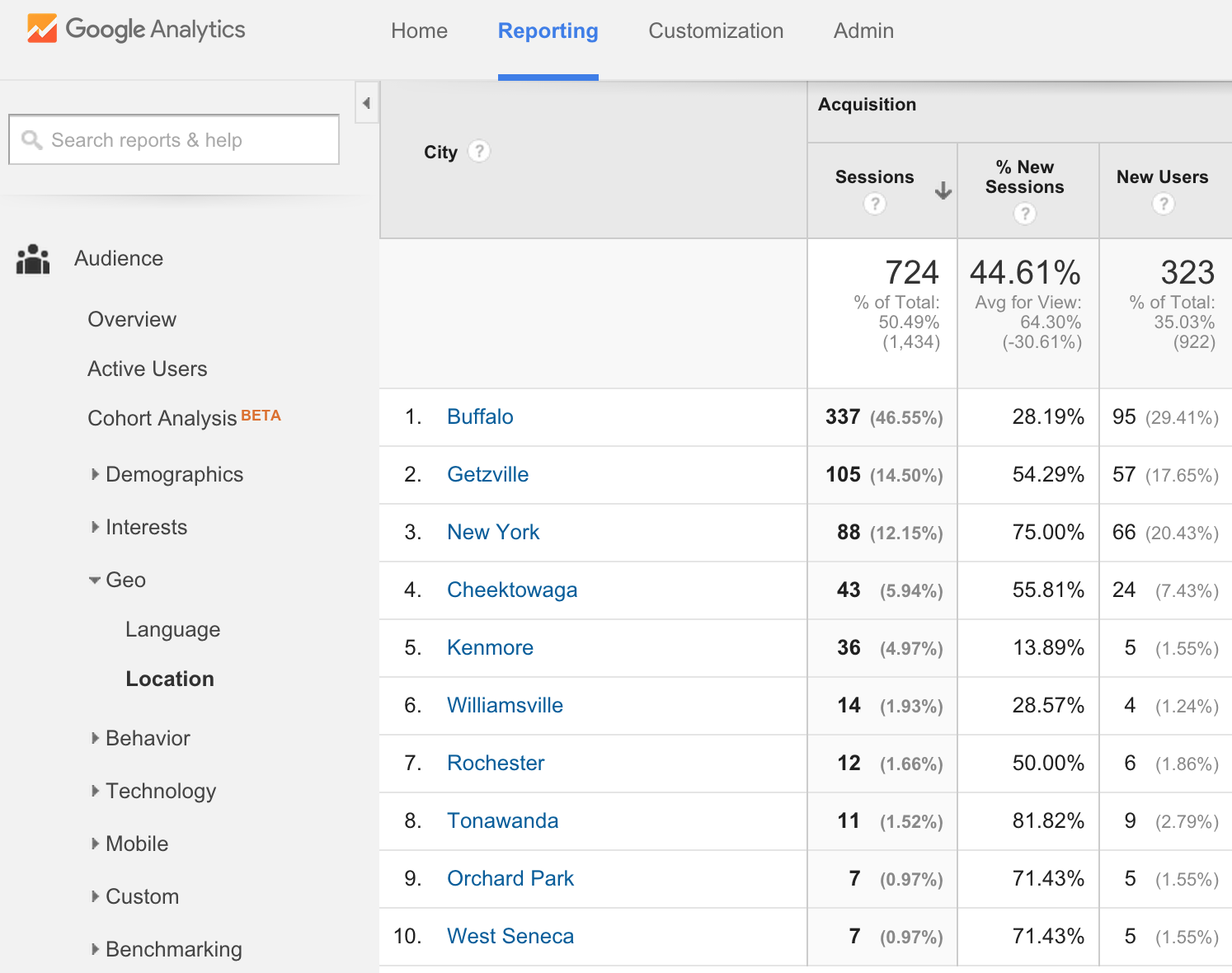
Many marketers are seeing the correlation between content marketing and native advertising, but are they assuming causation? While native advertising can be effective in some cases, it can also be unhelpful, sales-oriented, or too focused on the brand itself. This is not a good idea for advertisers or brands, so content marketing is a better option. Joe Walsh asserts that it is better to have your own media and audience.
Costs of native advertising vs content marketing
When comparing the costs of content marketing versus native advertising, a higher budget may not always be the best option. Both methods are effective but not always equivalent. Content marketing can have a higher return on investment, while native advertising can ensure placements with top-name publishers. However, the overall costs of both options are higher. It is important to weigh the pros and cons of each option before making a decision.
Paid ads could be your best option when it comes to measuring the results of your content-marketing efforts. You can increase organic traffic with content marketing and have a large number of links. Native advertising, however, is more costly and can cost tens to thousands of dollars. HubSpot has found that 93% businesses with marketing budgets over $1 to $5 Million are engaging in inbound advertising. This strategy has a low risk and high ROI.

Advertorials
Many similarities exist between native advertising and content market. Native ads are often labeled as sponsored content, rather than advertisements. This makes them more persuasive, and users tend to respond favorably to messaging that follows editorial content. Content marketing, however, involves the incorporation of ads into content. Both strategies have their merits, and can work for a particular brand or business. These examples of content marketing and native advertising will help you decide which strategy is best.
Native advertising and content marketing share similar goals. The key difference is that native marketing does not grant the publisher or brand full ownership of the content. This limits its ability to retain value. As a result, the two strategies are often used interchangeably. Both strategies have important differences. For example, the effectiveness of content marketing depends on the audience it's targeting. Native content that is relevant to your target audience can provide a short-term boost, but it may not be enough for you brand.
Engagement metrics are a better indicator for overall brand advantage
While pageviews are an easy metric to use, they are not always the best way to determine how successful a particular content marketing campaign is. Although increasing pageviews will lead to more traffic, engagement does not always indicate that content quality has improved. Engagement metrics like time on page views per session provide more detailed information about the overall effectiveness of a marketing campaign. Google Analytics and other tracking tools can be used to measure engagement.

Buyers now engage with content at their pace, jumping in and going out of the buying cycle in this digital media age. It is therefore difficult to measure the number of buyers who have taken action on a particular piece of content. Engagement is a measure of how valuable the content is to your audience.
FAQ
What is the average time it takes to start content marketing?
It depends on the size and scope of your business. Content marketing is often not feasible for small businesses. However, it can pay off big-time if you're willing to put in some time.
Is content marketing effective?
Yes! Hubspot claims that content marketing is one of the three most important digital marketing channels for lead generation.
How does Content Marketing work
Your site is visited by someone who is looking for something. Great if they find what they are looking for. They'll go elsewhere if they don't find what they need. Content marketing helps you provide useful and valuable information that answers questions and solves problems. You can use this content across all platforms (social media, email, etc.) You can use this content across all platforms (social media, email, etc.) so that people always have access.
What's the main purpose of content marketing
Content marketing aims to create valuable and relevant information for customers. This should be done through different channels such as email campaigns, blog articles, white papers, etc. The key is to deliver value to your audience.
Is content marketing worthwhile?
Content marketing is an essential part any online business strategy. It's also an incredibly effective way to gain exposure for your brand. Content marketing is not just valid for customers, but it makes you stand out from the competition.
The goal of content marketing is to create valuable information that people will want to read. Content marketing is a key component of any digital marketing strategy. It helps companies engage their target markets.
Is a Content Marketing Strategy right for me?
If you already know what you want to say, then a Content Marketing Strategy will work perfectly for you.
However, if you need some guidance before getting started, here are a few questions to ask yourself:
Does my business need to communicate something specific? Or should I create content that appeals to a wider audience?
Do I want my efforts to convert visitors into buyers or generate leads?
Is it one product I am trying to promote or multiple products
Would I be interested in reaching out to people outside of my industry sector?
If you answered "yes" to any of these questions, then a Content Marketing strategy is exactly what you need.
How much should I spend on Content Marketing?
It all depends on how many leads are you looking to generate. The average cost per lead ranges from $5-$10, depending on the industry. In our case, the average cost per lead was $20 when we first started our company. Now we spend $6-7 per leads.
Statistics
- According to our research, 65% of companies with very successful content marketing in 2021 ran content audits at least twice a year. (semrush.com)
- Content marketing produces 3X more leads per dollar spent. Content marketing costs 62% less than traditional marketing. (criteo.com)
- An example of an overarching goal could be: "In 2022, we want to achieve a 20% increase in revenue created by organic content and generate 15,000 MQLs with a budget of $30,000." (semrush.com)
- Forty-seven percent of buyers view 3 to 5 pieces of content before engaging with a sales representative. (mailchimp.com)
- According to research compiled by Coschedule: Companies that publish 16+ blog posts a month get as much as 3.5x as much traffic as those that publish 0-4 posts a month. (criteo.com)
- Out of the 1,500 marketers we surveyed for our State of Content Marketing report, 78% who felt their content marketing strategy was exceptionally effective in 2021 had documented their strategy. (semrush.com)
- According to our research, brand awareness, attracting traffic, and generating leads remain the key content marketing goals in 2022. (semrush.com)
- Progress indicators (0–100%) allow each team member to see how attainable each goal is and understand what remains to be accomplished. (semrush.com)
External Links
How To
Infographic Creation Tips for Content Marketing
Infographics can be a great way to simplify complex concepts and make it easy to understand. Content marketing aims to provide useful and valuable information to your target audience, so you should consider using infographics to help spread this message.
To create an infographic using design software such Adobe Illustrator, Photoshop or other similar programs, you will need Adobe Illustrator. These programs are great for creating infographics. Once your design is ready, you can start uploading images from sites like Pixabay and Unsplash to insert into your design.
You can find inspiration for your own ideas by looking at existing infographics online. A picture of a food Pyramid could be used to show how many calories each food has. You could also look at the sugar content of soda pop, and then take a photo of a Coke bottle.
Once you have designed your infographic you can share it via social media channels, such as Facebook or Twitter. This helps people who aren't familiar with the concept learn about it. If you decide to post your infographic on social media platforms, include hashtags so others can see what you're talking about. You can use hashtags to allow others to follow your conversations about specific topics.
Make your infographics shorter than normal if you are creating them. An average blog post is between 2000 and 5000 words, while an infographic takes 500 to 1000 words. This means that you can convey more information in a shorter space.
Your infographic should be easy to read for some viewers. It is important to use large fonts and avoid relying too heavily on colors when designing your infographic. Also, make sure that all your text is legible.
Here are some other tips.
-
Choose an Infographic Design Template. You can find many templates online or in printed formats. Canva, Piktochart and Google Slides are the most used templates.
-
Create your Infographic. Use the template to create your infographic. You can use whatever media is most appropriate for your audience. In this example, photos of Seattle restaurants might be used to create an infographic about Seattle's best restaurants.
-
Add text. Add text to your infographic once you have it created. You can use Microsoft Word, PowerPoint or Canva to add text.
-
Add Images. Your infographic can also include images. These images can include charts, graphs and icons. Make sure the picture is relevant to your topic before you add it.
-
Make it interactive. Interactive elements like buttons, maps and links can be added to your website. This will increase engagement with your audience.
-
Share. Share your infographic after you're done.
-
Measure. Do you know how well your infographic performed? Did people click through to your website? Did they signup for your mailing list? What was their reaction when you showed them your infographic
-
Improve. Is there a way to improve your infographic? What could you do better next year?
-
Repeat. Repeat.